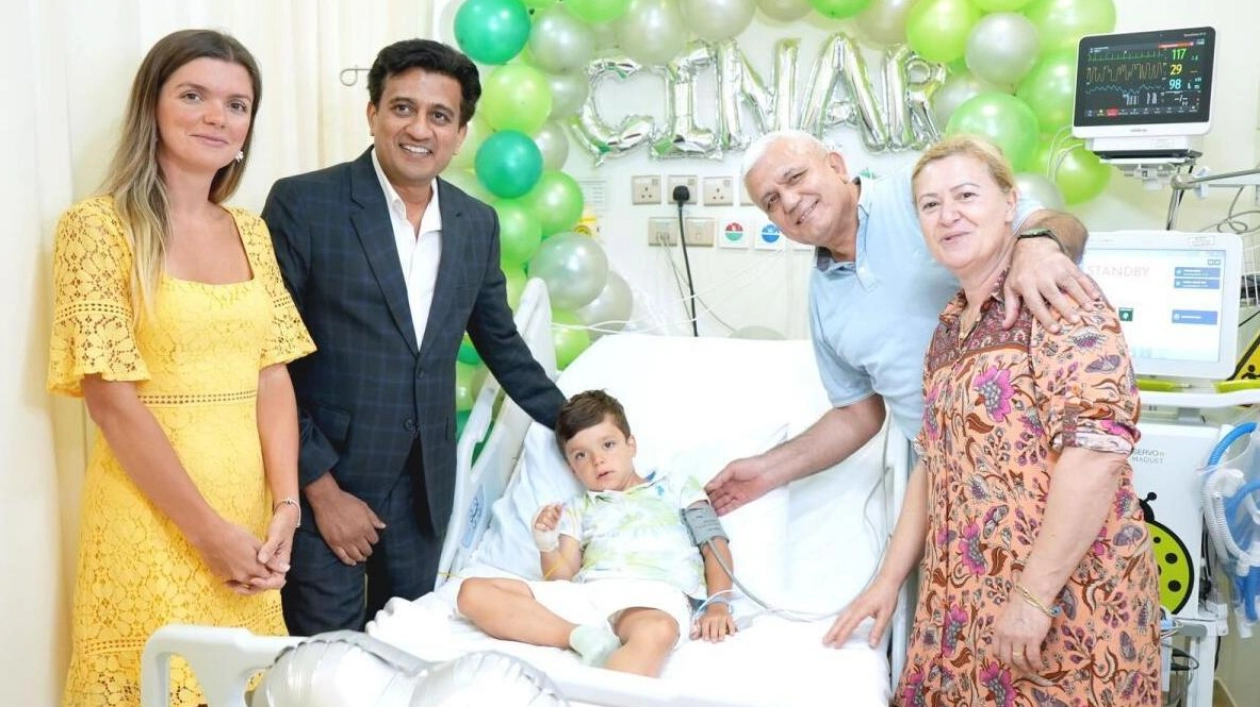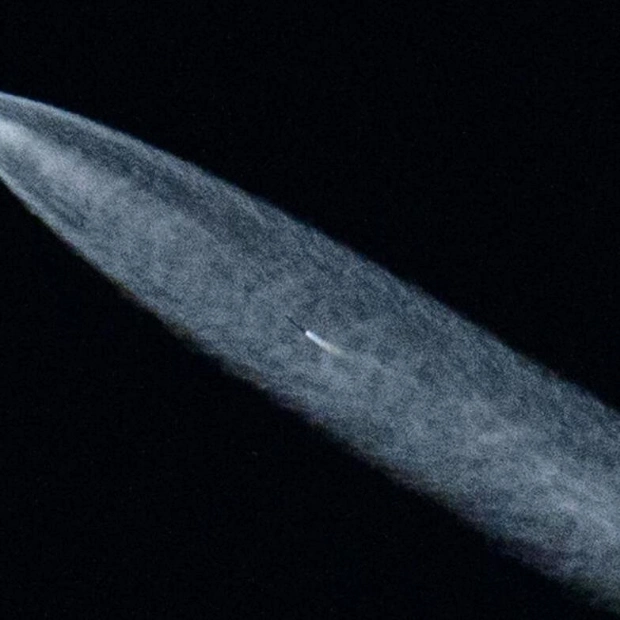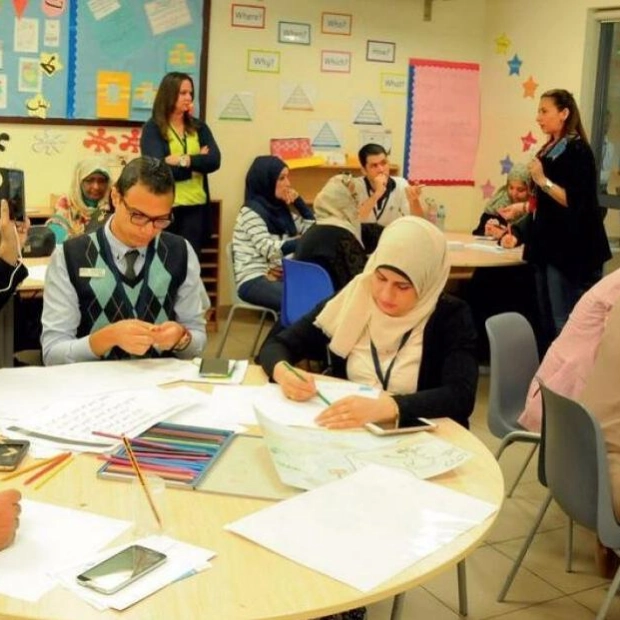A Dh10.6-million gene therapy has successfully treated a six-year-old boy suffering from a rare and severe genetic disorder leading to muscle degeneration and weakness. This therapy, approved by the US Food and Drug Administration (FDA) last year and currently available in a few countries including the UAE, ranks among the world's most expensive life-saving treatments. The Turkish boy, Cinar Atar, was diagnosed with Duchenne Muscular Dystrophy (DMD) at the age of four during a routine health check-up in his home country.
“Cinar began experiencing difficulty in walking and struggled to stand up from a sitting position without assistance,” explained Dr. Vivek Mundada, a specialist pediatric neurologist at Medcare Women and Children Hospital, to Khaleej Times. “He also required a banister to climb stairs. Given these symptoms, his pediatrician conducted a test to measure his muscle enzyme levels, specifically creatinine kinase. High levels led to a genetic test for DMD, which confirmed the diagnosis.”
Cinar's father shared that the family was “devastated” by the diagnosis and decided to come to Dubai upon the advice of volunteers and charities. “When I examined him, his leg muscles were slightly weak, but his breathing and swallowing muscles were unaffected,” noted Dr. Mundada.
DMD, the most common form of muscular dystrophy, results in the weakening of skeletal and cardiac muscles. It is caused by mutations in the dystrophin gene, essential for muscle integrity. Without dystrophin, muscle cells are injured and weaken over time. Typically, symptoms begin in early childhood, usually between the ages of two and three, and predominantly affect boys.
Gene therapy has demonstrated promising results in over 400 patients globally, though it is offered in limited medical facilities worldwide. Unable to find treatment options in Turkey, Cinar's parents resorted to physiotherapy and swimming to support his muscle development. However, these measures were insufficient to halt the progression of the condition.
The therapy is administered only once and aims to strengthen muscles by introducing a shortened version of the dystrophin gene, known as micro-dystrophin, which produces a smaller but functional dystrophin protein. This functional gene, enclosed in a non-disease-causing virus, is infused into the patient's bloodstream as a one-time treatment.
“We hope this therapy will alter the natural course of his disease. Without intervention, he would have progressively worsened and weakened over time. In older children, the heart and breathing muscles can also be affected due to progressive degeneration,” Dr. Mundada explained. Following the infusion, the child underwent weekly blood tests, physiotherapy, and rehabilitation, showing “mild improvement” in strength without any side effects from the therapy.
To mitigate potential side effects, patients receive steroids starting a day before the treatment and continuing for two to three months. “He will continue to see various doctors and physiotherapists, primarily to monitor for side effects initially. After stopping steroids, the focus will shift to screening his muscle functions and measuring improvements through tests and assessments,” Dr. Mundada added.
The hereditary defect Cinar was born with remains unchanged by this therapy. Instead, it delivers a fragment of a missing gene into his muscle cells, allowing them to produce the protein micro-dystrophin, which helps maintain muscle integrity and prevents breakage or degeneration, according to Dr. Mundada.






